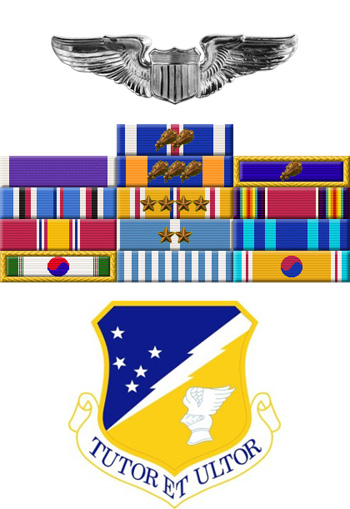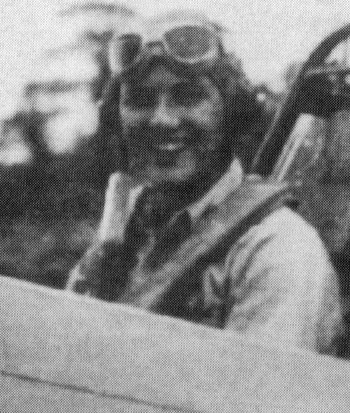
|
Robert D. Gibb |
 |
|||
| Rank, Service | ||||
Captain O-3, U.S. Air Force |
||||
| Veteran of: | ||||
|
||||
| Tribute: | ||||
Robert Gibb was born on February 16, 1922, in Detroit, Michigan. He enlisted in the Aviation Cadet Program of the U.S. Army Air Forces on January 21, 1942, and was commissioned a 2d Lt and awarded his pilot wings on October 9, 1942. After completing P-47 Thunderbolt transition training, Lt Gibb was assigned to the 342nd Fighter Squadron of the 348th Fighter Group at Westover Field, Massachusetts, from November 1942 to March 1943, and then deployed with the group to New Guinea from March 1943 to August 1944. During this time he was credited with the destruction of 5 enemy aircraft in aerial combat plus 1 damaged. He next completed instructor pilot training, and then served as an instructor pilot with the 122nd Army Air Force Base Group at Camp Springs, Washington, D.C., from November 1944 to April 1945. Capt Gibb served as an Operations Officer with the 301st Fighter Squadron at Shaw Field, South Carolina, from April to September 1945, and left active duty on October 24, 1945. He returned to active duty with the U.S. Air Force on October 29, 1947, and then served as an F-80 Shooting Star pilot with the 56th Fighter Group at Selfridge AFB, Michigan, from December 1947 to November 1948. Capt Gibb next served with the 81st Fighter Wing at Wheeler AFB, Hawaii, from January to April 1949, followed by service as an Air Force officer with the Hawaii Air National Guard from April 1949 to September 1951. He then deployed to Korea where he served as an F-84 Thunderjet pilot with the 8th Fighter-Bomber Squadron of the 49th Fighter-Bomber Group from September 1951 until he was killed in action on December 16, 1951. Capt Gibb was officially listed as Missing in Action until declared dead on December 31, 1953. His remains have never been returned. |
||||
|
||||

